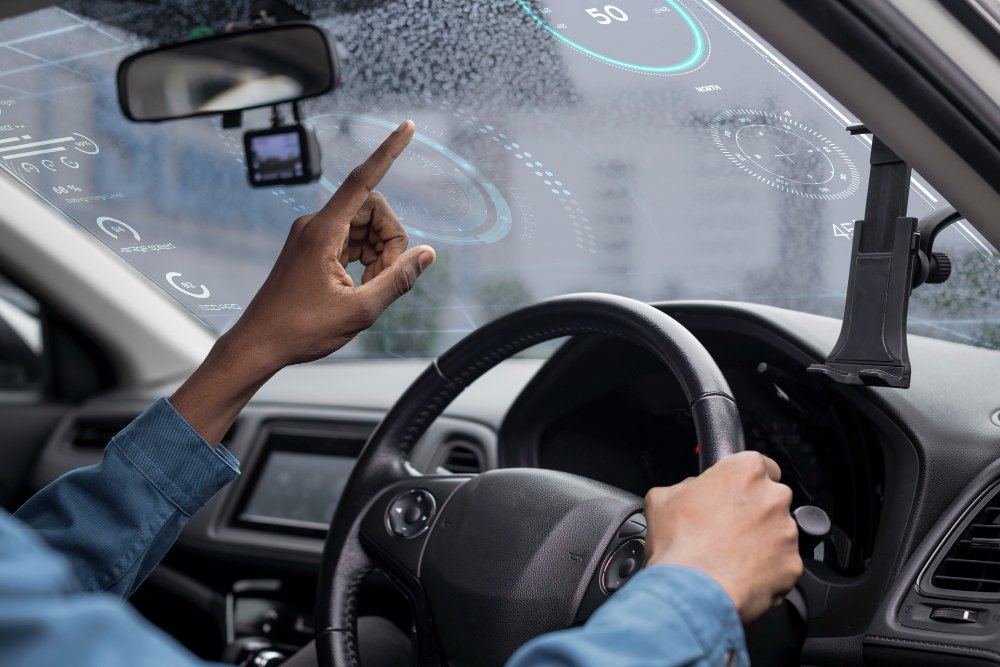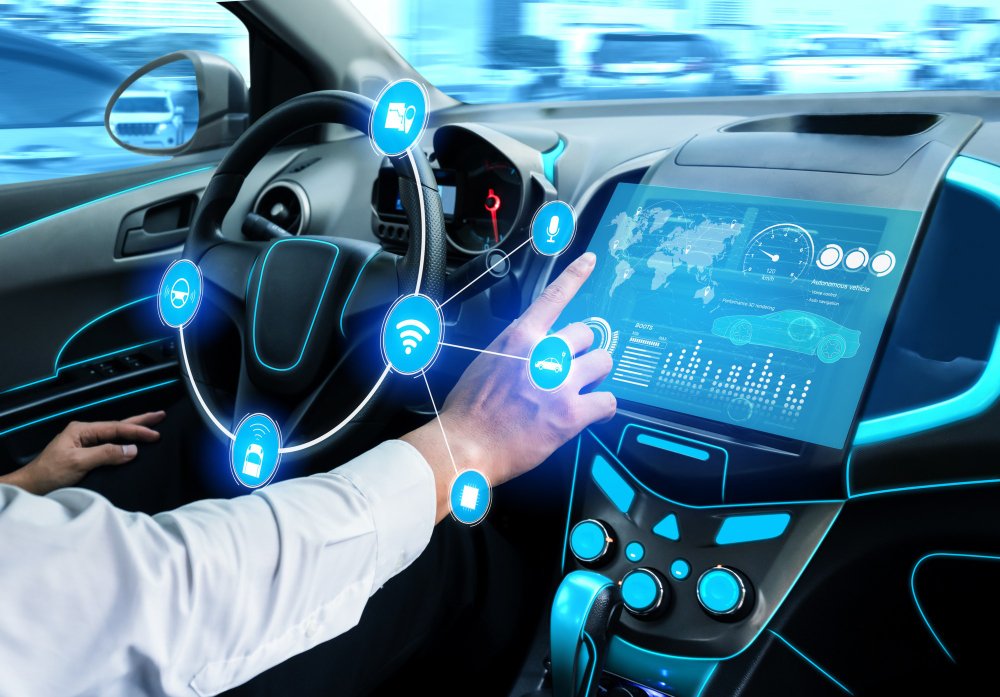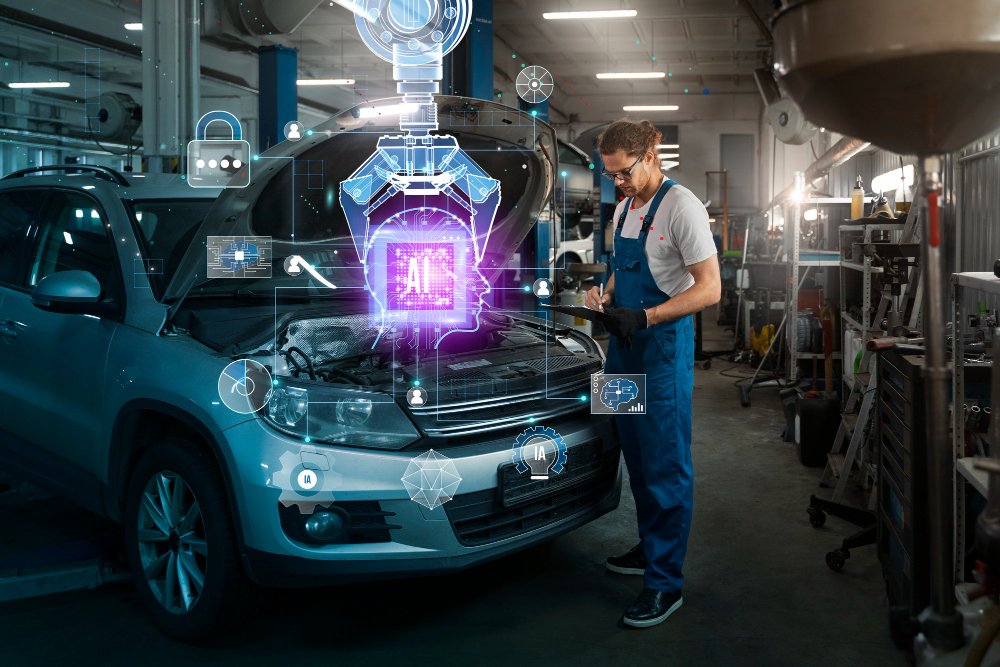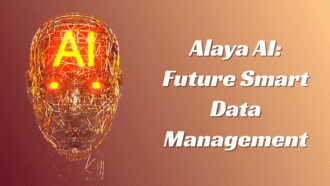Car Damage Recognition – AI in Auto Insurance
- 1 The Integration of AI in Auto Insurance
- 1.1 Improving the Claims Process
- 1.2 Streamlining Fraud Detection
- 1.3 Overcoming Challenges and Ethical Considerations
- 2 Future of AI in Auto Insurance
- 2.1 Telematics and Driver Behavior Monitoring:
- 2.2 Predictive Analytics for Accident Prevention:
- 2.3 Automated Claims Processing:
- 2.4 In-Car Safety Features and AI Assistance:
- 2.5 Integration with Autonomous Vehicles:
- 2.6 Fraud Detection and Prevention:
- 2.7 Usage-Based Insurance (UBI):
- 2.8 Behavioral Analysis for Risk Mitigation:
- 2.9 Dynamic Pricing Models:
- 2.10 Collaboration with IoT Devices:
- 3 Final thoughts
In the fast-paced technology advancements, artificial intelligence has steadily become a cornerstone in various industries, with the auto insurance sector being no exception. The introduction of AI in car damage assessment redefines the domain of insurance claims and policies. But how is this technology changing the traditional processes, and what are the broader implications for insurers and customers? Let’s see in more detail.
The Integration of AI in Auto Insurance

The traditional auto insurance claim process has often been lengthy and subject to human error. The system relied heavily on manual inspection and was ripe for a digital transformation. AI stepped into this gap, offering a speed and accuracy solution. Are you curious about what this means for the everyday operations of insurance companies?
AI systems designed for car damage recognition employ ML algorithms that analyze vehicle images to detect and assess the damage. Trained on extensive image databases, these systems are proficient in identifying a range of damages, from superficial scratches to deep dents.
Are manual inspections becoming obsolete in this case? Not necessarily. Rather than replacing human inspectors, AI supports and improves their work. The introduction of AI allows quicker, more precise damage assessments, benefiting the insurance company and the policyholder.
Improving the Claims Process
AI’s role in car damage recognition significantly impacts the claims process. Policyholders no longer need to wait for a physical inspection. Instead, they can upload images of the damage through an app, where AI algorithms quickly assess the severity of the damage. Thus, it translates to quicker claim settlements.
This streamlined approach not only accelerates the resolution of claims but also improves customer satisfaction. In a society where speed and convenience are valued, the ability to initiate and receive feedback on a claim rapidly is a substantial advantage.
Streamlining Fraud Detection
Insurance fraud is an ongoing challenge with significant financial implications. AI algorithms are adept at analyzing claims for patterns indicative of fraud. While AI alone may not catch every fraudulent claim, it is an excellent tool for identifying potential fraud, signaling claims that warrant further investigation. By doing so, AI aids insurers in reducing risk and preventing financial losses.
Overcoming Challenges and Ethical Considerations
The deployment of AI in car damage recognition comes with its challenges. Data privacy and security are major concerns. How safe do policyholders submit personal and vehicle data?
Insurance companies are tasked with implementing stringent data security measures to protect this information. Another issue is the potential for bias in AI algorithms. To guarantee systems’ impartiality, regular monitoring and updates of AI systems are necessary.
Future of AI in Auto Insurance

The future of AI in auto insurance, especially in the context of accidental safety, holds significant promise for both insurers and policyholders. Here are some potential developments:
Telematics and Driver Behavior Monitoring:
AI-powered telematics devices and apps can monitor and analyze driver behavior in real-time. This data can be used to assess risk more accurately, leading to personalized insurance premiums based on individual driving habits.
Predictive Analytics for Accident Prevention:
AI algorithms can analyze vast amounts of data to identify patterns and predict potential accidents before they happen. This could include analyzing traffic patterns, weather conditions, and individual driver behavior to provide warnings or suggestions for safer driving.
Automated Claims Processing:
AI can streamline the claims process by automating the assessment of damage and processing claims more efficiently. Computer vision technology can be used to analyze images of the accident, speeding up the claims approval process.
In-Car Safety Features and AI Assistance:
AI can play a crucial role in enhancing in-car safety features. For instance, AI systems can monitor driver attention and intervene in emergencies, such as applying brakes or steering to prevent collisions.
Integration with Autonomous Vehicles:
As autonomous vehicles become more prevalent, AI will play a vital role in insurance for these vehicles. Insurers may develop specific policies tailored to autonomous vehicle technology, and AI can be used to assess risks associated with these vehicles.
Fraud Detection and Prevention:
AI algorithms can be employed to detect patterns indicative of fraud in insurance claims. This can help insurers identify and prevent fraudulent activities, leading to cost savings for both the insurance companies and policyholders.
Usage-Based Insurance (UBI):
AI-driven UBI models can provide real-time pricing based on how, when, and where a vehicle is driven. This encourages safer driving habits, as policyholders may receive discounts for avoiding risky behaviors.
Behavioral Analysis for Risk Mitigation:
AI can analyze driver behavior to provide personalized feedback and suggestions for improving safety. This could include alerts for distracted driving, fatigue detection, or recommendations for safer routes.
Dynamic Pricing Models:
AI can enable dynamic pricing models that adjust premiums in real time based on changing risk factors. For example, premiums may increase during adverse weather conditions or in high-traffic areas.
Collaboration with IoT Devices:
Integration with Internet of Things (IoT) devices, such as sensors and cameras, can provide insurers with additional data for risk assessment. This can contribute to a more comprehensive understanding of the driving environment.
While these advancements hold great potential for improving accidental safety and the overall auto insurance landscape, it’s important to consider and address ethical, privacy, and regulatory concerns to ensure responsible and transparent use of AI in this context.
Final thoughts
The future potential of AI in the auto insurance sector extends beyond claim processing. It is poised to play a key role in predictive analytics, aiding insurers in better risk assessment. Also, it offers improved efficiency, precision, and speed in the claims process, which is advantageous for both insurers and their clients. While some pitfalls still should be overcome, particularly in data security and algorithm bias, the benefits are clear. As AI technology progresses, its influence on the auto insurance industry is set to expand, paving the way for a new era of digitally-driven insurance services.

















